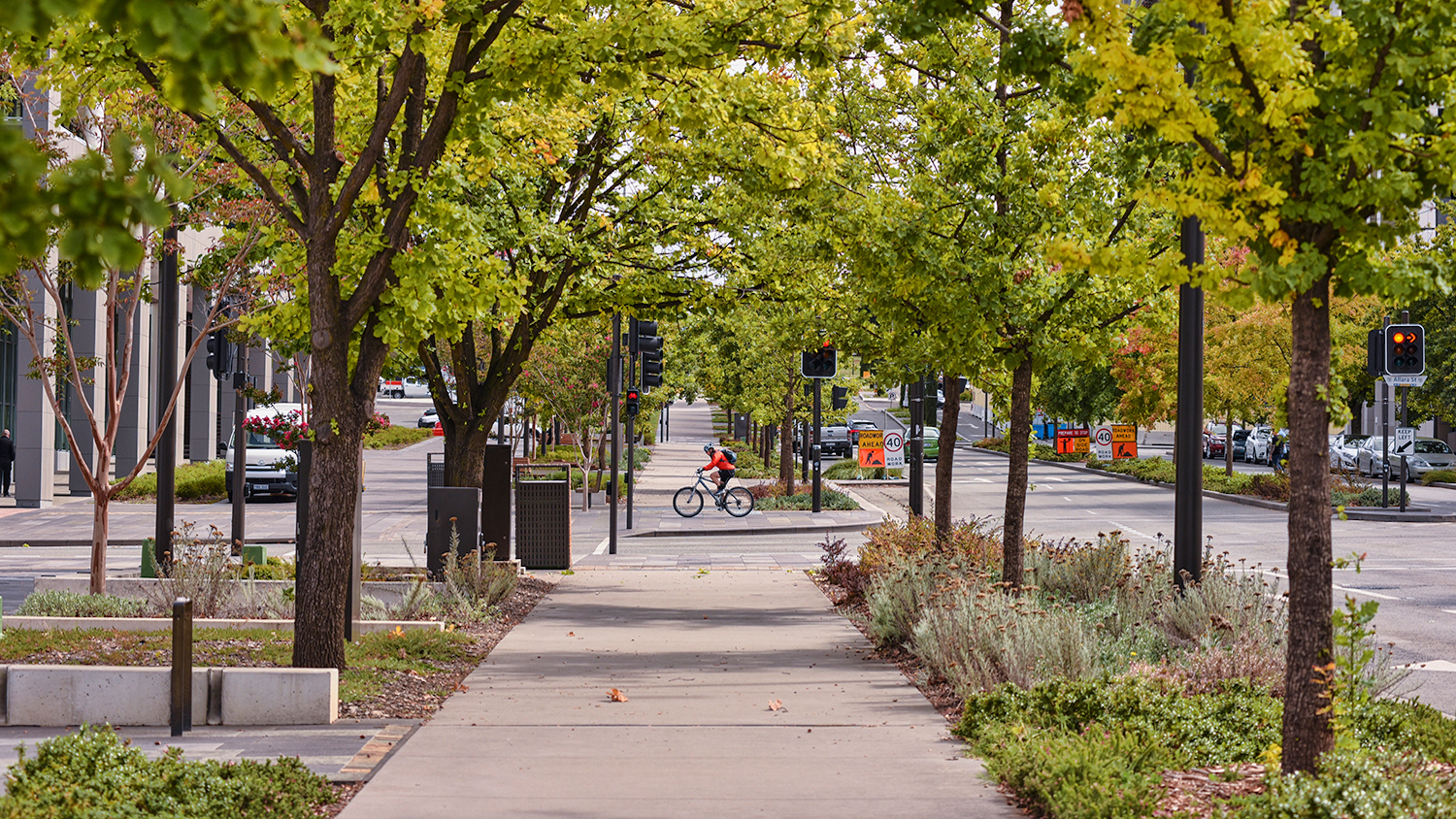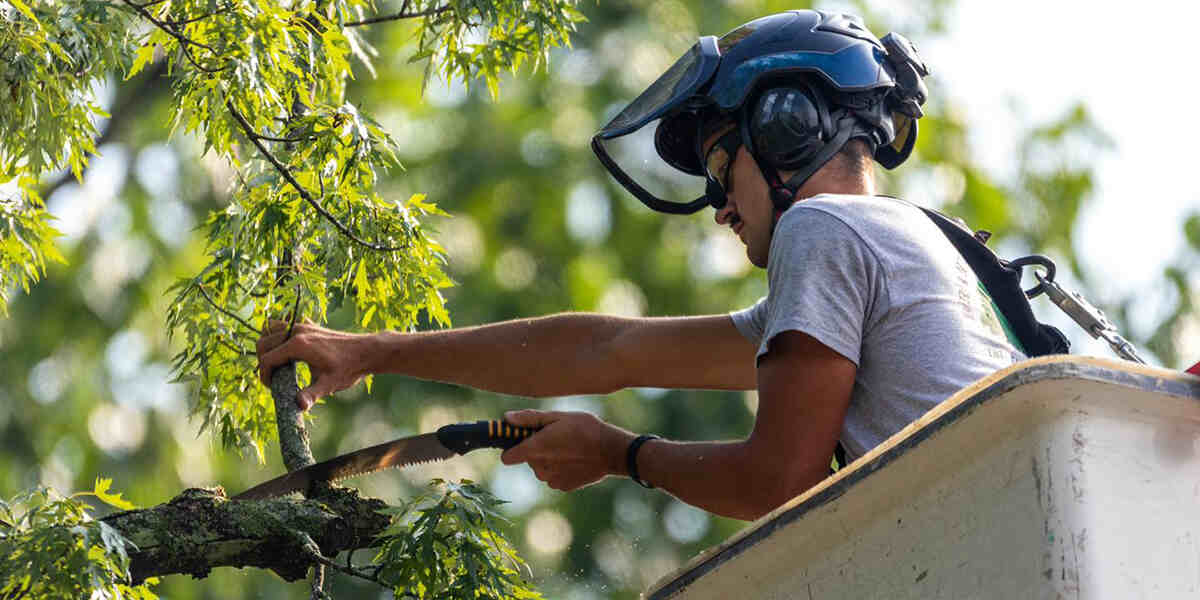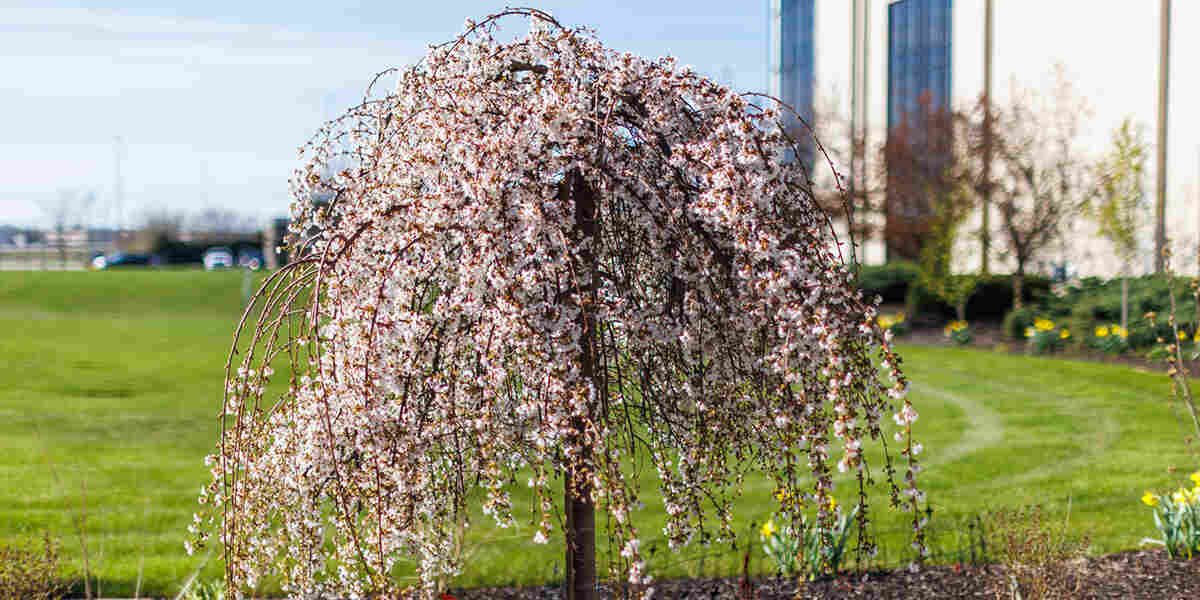Urban Gardeners: Choosing the Right Tree for Your Space
The first and most crucial step in ensuring the successful growth of trees in small spaces is selecting the right tree species. It’s essential to consider dwarf or miniature tree varieties that are specifically suited for compact areas. Some excellent choices include dwarf apple or cherry trees, Japanese maples, or columnar evergreens. These varieties are not only visually appealing but also well-suited to thriving in small spaces without overwhelming your garden or balcony.
Container Gardening for Compact Spaces
Container gardening is a fantastic option for urban gardeners facing space constraints. When practicing container gardening with trees, it’s essential to select a container that is sufficiently large to accommodate the tree’s root system. Ensure that the container has adequate drainage to prevent waterlogging, which can be detrimental to tree health. Use high-quality potting soil to provide your tree with the necessary nutrients and a stable growing environment.
Mastering the Art of Proper Watering
Watering plays a pivotal role in maintaining the health and vitality of your trees. In small spaces, where environmental factors can fluctuate, it’s crucial to monitor moisture levels closely. To ensure your tree receives the right amount of hydration, perform periodic checks on the soil’s moisture content. Stick your finger about an inch into the soil, and if it feels dry to the touch, it’s time to water. However, exercise caution to avoid overwatering, as this can be just as detrimental as under-watering. Learn more about watering here.
Pruning and Shaping for Aesthetic Appeal
Regular pruning and shaping are essential tasks in the care of small-space trees. These activities serve several important purposes, including maintaining the tree’s size and shape within the confined area. Pruning allows you to remove dead or overgrown branches and shape the tree according to your aesthetic preferences. Moreover, it promotes healthy air circulation and reduces the risk of diseases taking hold in your tree.
Fertilizing for Nutrient-Rich Growth
Fertilizing is another critical aspect of tree care in small spaces. To ensure your tree enjoys robust growth and lush foliage, provide it with appropriate nutrients through slow-release fertilizer. It’s essential to adhere to the recommended guidelines for the specific tree species you’ve chosen. Proper fertilization will help your tree thrive and contribute to its overall health.
Vigilance Against Pests and Diseases
Urban gardeners should be diligent in monitoring their trees for signs of pests and diseases. In small spaces, issues can escalate quickly, potentially causing irreversible damage. Implement organic pest control methods as a preventative measure and regularly inspect your tree for any unusual symptoms. If you suspect any problems, it’s advisable to consult with a local nursery or arborist for professional guidance and treatment options.
Sunlight Requirements and Strategic Placement
Understanding your tree’s sunlight requirements is essential for its overall well-being. Before planting, carefully evaluate your garden or balcony to choose the optimal spot for your tree. Most fruit trees, for example, thrive in full sun, while certain ornamental trees can tolerate partial shade. Ensuring your tree receives the right amount of sunlight is crucial for its growth and development. Check out more about sunlight requirements for your trees here!
Embrace the Benefits of Mulching
Mulching is a valuable practice in small-space tree care. It serves various purposes, including moisture retention, temperature regulation, and weed prevention. Applying a layer of organic mulch around the base of your tree helps maintain soil health and reduces the need for frequent maintenance, allowing you to enjoy your green oasis with minimal effort.
Providing Adequate Support
In limited spaces, trees may require additional support to withstand external factors such as strong winds or heavy fruit loads. Utilize stakes or trellises to provide the necessary support while ensuring they do not obstruct the tree’s natural growth. Proper support enhances the tree’s stability and overall health.
Seasonal Care and Maintenance
Different seasons call for different care and maintenance routines. Pruning is best done in late winter or early spring when the tree is dormant. Fertilize your tree in the spring to kick-start its growth, and pay extra attention to watering during hot summer months. Don’t forget to protect your tree from frost and cold temperatures during the winter to ensure its survival through the harsh season. Click here for more information about taking care of your trees in the winter months
The Joy of Harvesting
If you’ve chosen a fruit-bearing tree for your small space, the joy of harvesting your homegrown produce is incomparable As an Urban gardener. While it may take some time and patience, following proper harvesting techniques will reward you with delicious and fresh fruits right from your own garden or balcony.

FAQs
Can I grow a full-sized tree in a small space?
- It is not recommended for Urban gardeners to grow full-sized trees in small spaces, as they can quickly outgrow the area and cause various problems.
What are some low-maintenance tree options for small spaces?
- Low-maintenance tree options include dwarf varieties of fruit trees, ornamental trees, and columnar evergreens, which require minimal care and attention.
How often should I water my small-space tree?
- The frequency of watering depends on several factors, including the tree type, weather conditions, and soil moisture levels. Generally, it is best to monitor the soil’s moisture and water when it begins to dry out.
Can I plant multiple trees in a small space?
- While it is possible to plant multiple trees in a small space, proper spacing and tree selection are crucial to avoid overcrowding and ensure each tree’s health and growth.
What are the benefits of having trees in an urban garden?
- Trees in urban gardens provide numerous benefits, including shade, improved air quality, and the creation of a relaxing and aesthetically pleasing environment for residents to enjoy.



